Is the coffee bean expensive? is it good? how to make Ethiopia Yega Chefe Coffee Flavor
Professional coffee knowledge exchange more coffee bean information please follow the coffee workshop (Wechat official account cafe_style)
For more boutique coffee beans, please add private Qianjie coffee on Wechat. WeChat account: qjcoffeex
Ethiopia, as the birthplace of coffee, is rich in many high-quality coffee beans. The price is not expensive, cost-effective, unique and fresh flavor, so it is loved by many coffee brands in coffee shops. In particular, the coffee beans from the Essex plus Sheffield producing area have harvested one group of fans after another.
Qianjie Coffee currently sells a total of four types of coffee beans in Yejassefi producing area, among which the red cherry sun-cured coffee beans from the Yega Sheffield Altland processing plant are more popular with small partners. At present, the price of this coffee bean is 880.227g, which is very cost-effective. According to the calculation of 15 grams of coffee beans per cup, a bag can make 15 cups of coffee, which costs only about 6 yuan per cup.
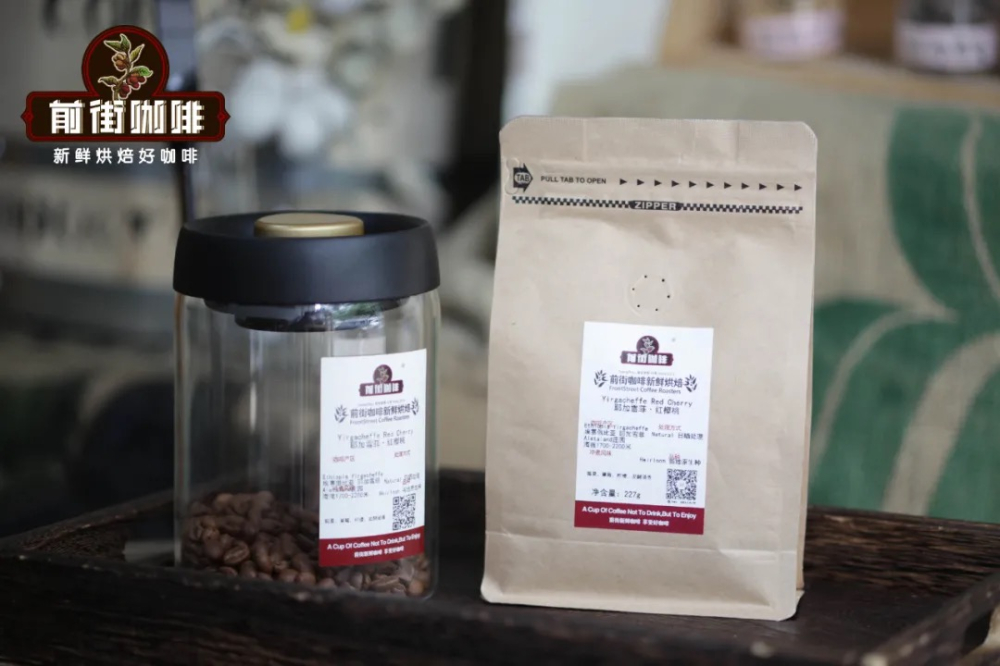
Ethiopia Yega Xuefei Sun Red Cherry Coffee beans
Producing area: Yega Xuefei, Ethiopia
Treatment plant: Altland treatment plant
Planting altitude: 1700-2200m
Treatment: sun treatment
Variety: Ethiopian native variety
Flavor: citrus-like bright acidity, berries, strawberries sweet and sour, honey sweet, slightly fruit fermentation.
| 01 | production area profile |
Unique geographical environment
Yirga cheffe is a small town in Ethiopia, 1700-2100 meters above sea level. It is one of the highest coffee producing areas in the world and is synonymous with Ethiopian boutique coffee. Lake Turkana, Lake Abaya and Lake Chamo bring rich water vapor here. The Rift Valley, represented by Misty valley, is foggy all the year round, like spring all the year round, with a gentle breeze, cool and humid, and thousands of coffee trees thrive, giving birth to the unique and unpredictable atmosphere of Yejia Xuefei's unique fragrance of flowers and fruits.

The Historical Origin of Yejashafi Coffee
At first, Yejassefi's coffee trees were planted by European monks (a bit like Belgian monks growing wheat to brew beer), and later by farmers or cooperatives. Coffee trees are naturally scattered in forests, countryside and backyards. During the harvest season, the Ethiopian Coffee Trading Company will go to town to buy coffee beans collected by farmers and eventually sell them under the brand name of Yega Xuefei coffee.
About the Red Cherry Project OPERATION CHERRY RED
Speaking of the Red Cherry Project, many friends are no stranger to this name. So what kind of project is the Red Cherry Project? Maybe only a few people can tell.
In order to improve the income of Ethiopian coffee farmers and improve the living standards of the local people, in 2007, Trabocca, a Dutch trader, launched the OPERATION CHERRY RED PROJECT; Red Cherry Project with farmers from the producing areas. It is purely to encourage farmers to improve the quality of coffee beans. At the beginning of the harvest season in the producing area, Trabocca will specify a harvest plan for the microclimate area to harvest 100% ripe red coffee cherries by hand, with a yield of about 1500 kg-3000 kg.
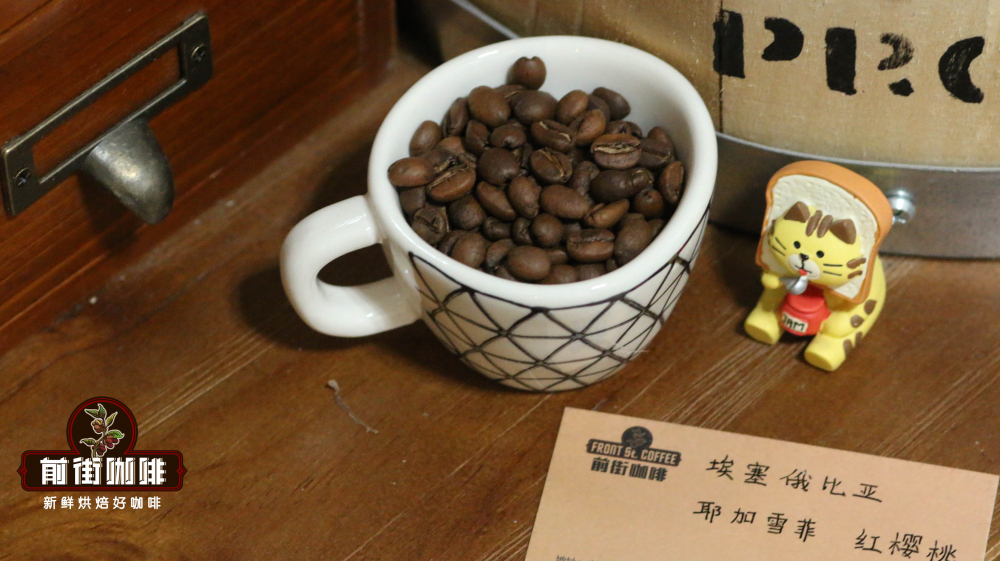
The Red Cherry Project invested $5000 in 2008 to purchase new sun drying racks. In 2009, another $8000 was invested in the procurement of new sun drying racks and sunshade nets. A $9000 generator was invested in 2010 and a further $10000 was invested in 2011 to improve some local coffee transport roads to make transporting coffee more convenient and efficient. Trabocca offers interest-free loans to buy new coffee cherry meat removers and coffee bean sorters. In order to facilitate suppliers' procurement, a high-quality Addis Ababa coffee cup testing laboratory was built with an investment of US $14000 in 2012.
Trabocca provides financial loan support, new hardware equipment and production processing knowledge and technology to help farmers improve their production, promising to pay generous prices as long as the quality of actual output meets the cup test standards in Ethiopia's Addis Ababa and Amsterdama Cup in the Netherlands. The passing standard set by Trabocca is 88 points.
The coffee beans of the Red Cherry Project are immediately packed in plastic inner bags (GrainPro bags or vacuum box) immediately after the processing of the origin is completed, then shipped to Djibouti for shipping. Strive for perfect quality through immediate monitoring, safe transportation and timely and appropriate handling. As a result of this red cherry program, roasters can buy high-quality coffee beans, improve the quality of Ethiopian coffee and have better prices. Trabocca can also return profits to farmers, and continue to improve and improve the quality.
02 | processing method
This sun-treated coffee has slightly larger granules and slightly lower density and water content. Each coffee from this processing plant can be considered a high-quality refined coffee, which shows better characteristics than other coffees. no matter which method of treatment is used, the coffee beans here can be considered to be the best coffee in Yega.
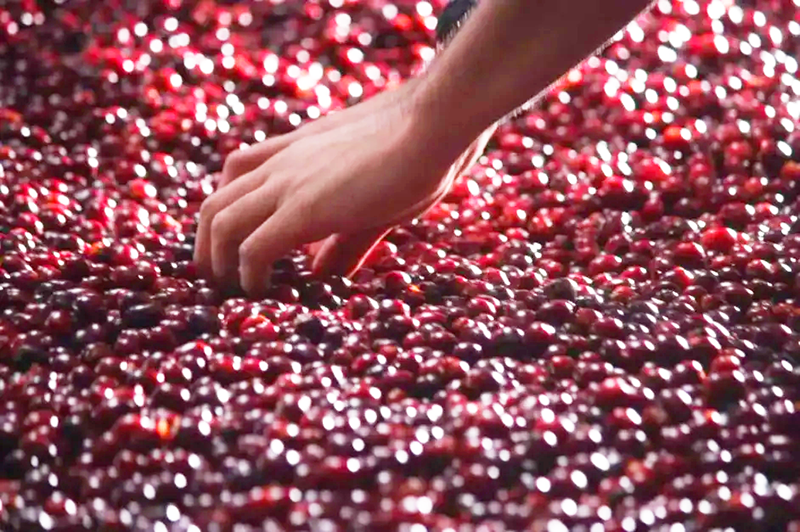
After screening the available coffee cherries, the treatment factory puts the whole coffee cherries with intact pulp and peel in the elevated shed for sun treatment, which is a way of putting in high-intensity human labor, isolating contact with the ground, preventing the miscellaneous smell of soil in the process of sun exposure, and creating an unusually clean fruit flavor. After more than two weeks of sun exposure, the dark brown coffee fruit is stored professionally, waiting for the whole flavor to ripen. Before shipping, the processing plant will take the coffee beans out of the coffee cherries, and the sweetness can be imagined.
03 | Analysis of raw beans
With regard to the classification of Yejashefi coffee: according to the different ways of handling raw beans, Yejasuffi coffee can be divided into two categories:
Category An is the washing method, and the grade standard is formulated by the American Fine Coffee Association (SCAA). It is divided into Gr-1;Gr-2. The smaller the Arabic numeral is, the higher the grade is. The style of G1 Yega Chuefei is distinct. The flavor of citrus and floral flavor in the coffee liquid is a delicious taste that everyone can't resist.

Category B is sun-treated coffee raw beans, and the grade is Gr-1;Gr-3;Gr-4;Gr-5. Similarly, the highest grade of G1 sun-cured Yega Chevy coffee is fruity. Opening the freshly roasted G1 sun-dried Yega Chevy coffee bag can subvert people's original understanding of coffee. Only those who have tasted the highest-grade sun-cured Yega Chevy coffee will believe that coffee is a fruit.
The export is packed in ordinary gunny bags, and Trabocca is printed and dyed on the sacks.
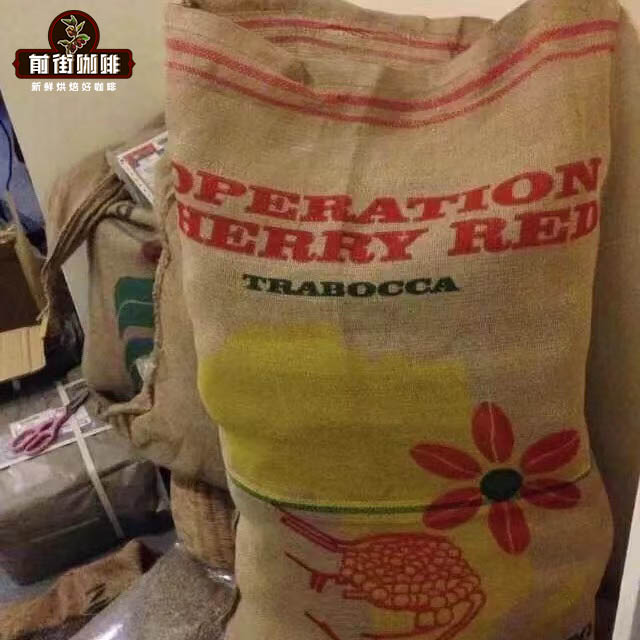
Yejia Xuefei coffee body variety is a local native species, small grain species, the appearance is more round, the bean body is very small, mostly between 14 and 15 orders.
The color of Yirgacheffe Cherry Red Grade 1 raw beans is yellow and green, which is a typical color of sun-cured coffee, with uniform and plump particles and few defective beans.
04 | Baking analysis
Beans with such a gorgeous flavor are certainly not suitable for medium and deep baking, so the shallow slow roasting method of this Yejashefi coffee best reflects its round and sweet, full-bodied flowers and fruits. The granule of Yejiaxuefei coffee is relatively small, moisture content, heat absorption in the baking process is also relatively large, and the process of Mena reaction is also relatively fast.
In the first baking, the temperature of my beans is relatively high. Before the coffee beans are dehydrated and yellowed, I use 160 firepower to ensure that there is enough heat to last until the first explosion, and directly develop to the second explosion. Determine that the zone is developed in the second, third and fourth baking, with the same bean temperature of 200 and the same firepower, gradually reducing the firepower as needed in the baking process.
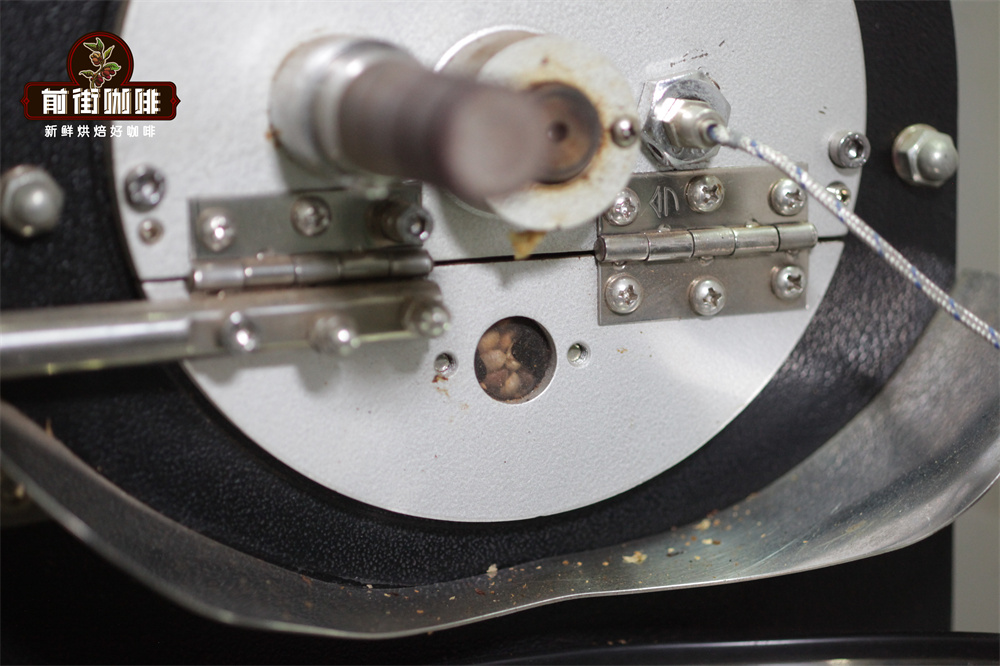
This stove is a shallow roast for quick frying:
Cup test: Roast one: strawberry, raspberry, vanilla, honeydew, juicy
Baking curve 2: strawberries, raspberries, vanilla, honey, juice
Roast two: manguo, black brin, citrus juicy
Baking curve 3: mango, black brin, blueberry, citrus juice
Roast three: citrus juicy, cream
Baking curve 3: citrus juice, cream
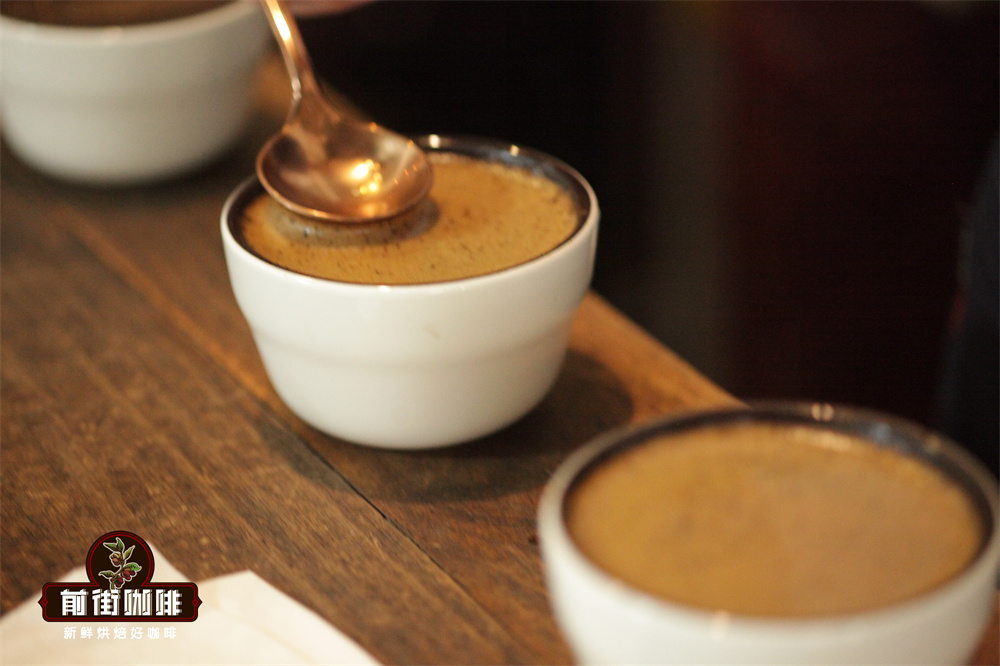
Roaster Yangjia 600g semi-direct fire
Using quick-frying mode, the furnace temperature is 200 degrees Celsius into the pan, the throttle is set at 3.5 degrees Celsius and the firepower is adjusted to 160 degrees after 1 minute, the throttle is unchanged, the firepower is adjusted once at 148 degrees, it is reduced to 130 degrees, baked to 5: 03 ", the temperature is 151 degrees, the bean table turns yellow, the smell of grass disappears completely, dehydration is completed, the firepower is adjusted to 105 degrees, and the throttle is opened to 4 degrees.
In the 8th minute, ugly wrinkles and black markings appear on the bean table, and the smell of toast obviously changes to the smell of coffee, which can be defined as a prelude to an explosion. At this time, listen clearly to the sound of an explosion point, start an explosion at 9: 07, and adjust the firepower to 70 degrees. The throttle is fully open (the firepower should be very careful not to be so small as to be free of bursting sound) and put into the pot at 194 degrees.
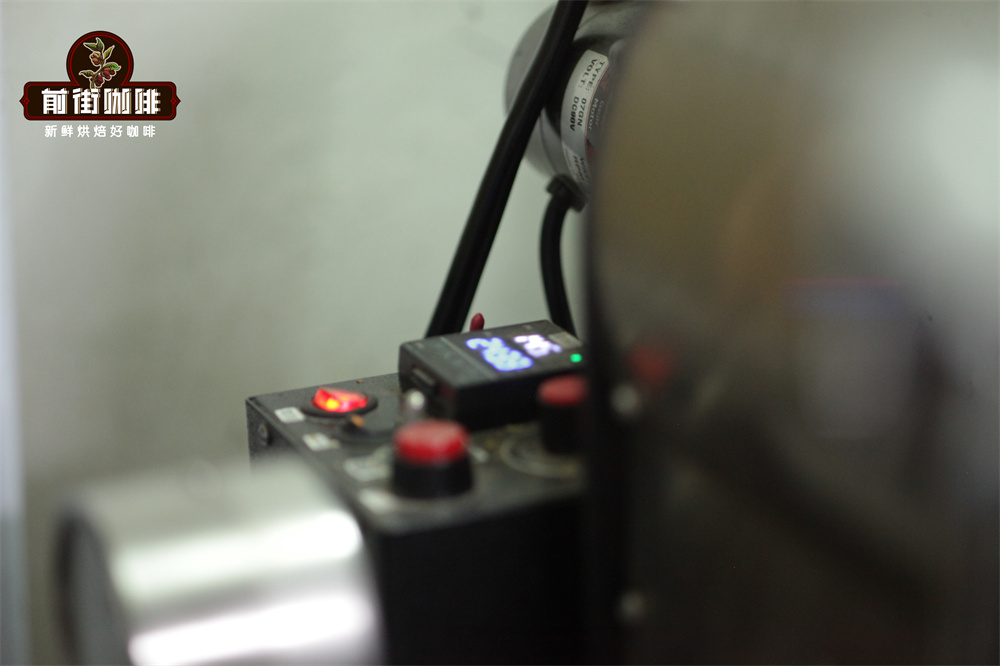
Qianjie Coffee noticed that the dry aroma of Yega Chuefei coffee exudes a strong fruit aroma, with a strong flavor of dried fruit, strawberry, mango and apricot jam. Wet fragrance is like sweet syrup, like sticky apricot juice, wrapped in plain honey or chocolate. The entrance is not strong, the mellow thickness is medium, the sour taste is not obvious, but it is lively and bright, like fruit black tea.
04 | Cooking analysis
As for the way of brewing, hand brewing and siphon brewing are the best. When you grind the beans, you can smell the sweet smell of the sun fruit. Gentle and delicate, sweet and lovely. Yejashafi coffee exudes an extremely complex aroma, showing an extremely excellent taste, which is difficult to describe.
First cooking: V60 filter cup, 15g powder, water temperature 90 degrees, medium and fine grinding degree (85% of China 20 standard sieve), ratio of water to powder 1:15.
Steam with 30 grams of water for 30 seconds, small water flow around the circle to 125 grams for sectional injection, water level drop is about to expose the powder bed, continue to inject water to 225 grams to stop injection, and so on when the water level drop is about to expose the powder bed, remove the filter cup, (steaming starts timing) the extraction time is 2 minutes 39 percent 00 ".
Palate: strawberry fruit is sour, with astringent tail and mixed taste.
Second cooking (revised): V60 filter cup, 15g powder, water temperature 86 degrees, medium fine grinding degree (78% of China 20 standard sieve)
Ratio of gouache to flour at 1:15
Palate: smooth, thicker flavor, layered, enhanced sweetness of fermented berries
The flavor of the fermented wine with wet ripe berries makes people not believe that this is Yega Chuefei coffee, but this kind of wet fragrance is not very popular. But from the extremely smooth entrance to the delicate mellow thickness, the sour and sweet appearance of ripe fruit is really amazing, more sweet than any Yega I have ever drunk before. Yuyun performance is also quite good, worthy of the fruit bomb, after drinking can basically ensure that the mouth can still feel sweet for half an hour.
Ye Jia Xuefei Coffee Brand recommends:
There are large and small villages, micro-producing areas, cooperatives and processing stations under Yejashafi coffee. In most parts of Ethiopia, coffee farmers are still living a very difficult life, and they do not have enough capacity to build family-style processing works. as a result, there will be many processing stations that focus on buying coffee fruits from surrounding small farmers, processing them, and then selling them to raw bean merchants. Therefore, the quality of Yejia Xuefei coffee will be uneven, if you want to find a good quality Yega Xuefei coffee, without a pair of eyes, it is recommended to choose a brand with high reputation.
Important Notice :
前街咖啡 FrontStreet Coffee has moved to new addredd:
FrontStreet Coffee Address: 315,Donghua East Road,GuangZhou
Tel:020 38364473
- Prev
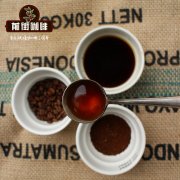
How much is a cup of coffee? What kind of coffee tastes better, Yega Chuefei or Sidamo?
Professional coffee knowledge exchange more coffee bean information please pay attention to the coffee workshop (Wechat official account cafe_style) many enthusiasts can not distinguish between the two producing areas [Ye Jia Xuefei Coffee] and [Sidamo], both belong to Ethiopia, it is commonly said that Sidamo is a province, Ye Jia Xuefei is a town in Sidamo province, Sidamo is 2100 meters above sea level, Yega producing area is higher and highest.
- Next
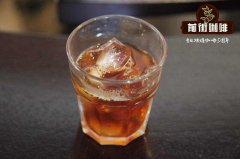
Yega Sheffield Coffee Price Yega Sheffield Coffee beans how much is Yega Sheffield hanging ear Coffee
Professional coffee knowledge exchange more coffee bean information Please follow the coffee workshop (Wechat official account cafe_style) Today's protagonist is Yega Xuefei Coffee, with coffee entrance, flowers in full bloom this sentence is the best description of Yejia Xuefei coffee, just as flowers promote the comfort of taste buds and olfactory cells in the nasal cavity. What's the taste of the washed and sunburned Yeja Chuefei coffee?
Related
- Detailed explanation of Jadeite planting Land in Panamanian Jadeite Manor introduction to the grading system of Jadeite competitive bidding, Red bid, Green bid and Rose Summer
- Story of Coffee planting in Brenka region of Costa Rica Stonehenge Manor anaerobic heavy honey treatment of flavor mouth
- What's on the barrel of Blue Mountain Coffee beans?
- Can American coffee also pull flowers? How to use hot American style to pull out a good-looking pattern?
- Can you make a cold extract with coffee beans? What is the right proportion for cold-extracted coffee formula?
- Indonesian PWN Gold Mandrine Coffee Origin Features Flavor How to Chong? Mandolin coffee is American.
- A brief introduction to the flavor characteristics of Brazilian yellow bourbon coffee beans
- What is the effect of different water quality on the flavor of cold-extracted coffee? What kind of water is best for brewing coffee?
- Why do you think of Rose Summer whenever you mention Panamanian coffee?
- Introduction to the characteristics of authentic blue mountain coffee bean producing areas? What is the CIB Coffee Authority in Jamaica?

